
SUMMARY
“Purpose (Indications)“
Provides one’s own hair with permanent camouflage over areas of hair loss
“What It Does“
Takes small hair grafts from back of scalp and transfers them to front of scalp
Used to create or reinforce frontal hairline
Used to make thinning areas more dense
“Technique“
Thin “strip” of hair removed from back of scalp
Hair conceals incision, which is closed with small clips
Mini- and micro-grafts are prepared and placed in recipient sites
Turban-like dressing is applied to protect area and is then removed the following day
“Recovery Time“
3-7 days
“Recovery Instructions“
Clean graft area 3-4 times a day for 1 week
No lifting over 10 lbs. or straining for 1 week
Sleep with head elevated for 2 weeks
No permanents or tints to hair for 1 month
“How Long It Lasts“
Results are usually permanent
“Ancillary Procedures Commonly Performed In Conjunction With Hair Restoration“
Blepharoplasty
Scalp reduction
MORE INFORMATION

Hair transplantation is really hair restoration or hair redistribution. There are seven classifications of baldness with one be normal hair growth and seven being the typical horseshoe shaped baldness. Less than 30% of the individuals who have significant hair loss proceed to the grade seven type of baldness.
The best indications of whether someone will proceed to that extent are to look at the individual’s father and grandfather since there is a hereditary tendency. It should be noted that individuals do not lose hair in the posterior occipital area. Hair taken from the occipital area is transplanted to hair in the frontal area and continues to grow despite hair loss in other areas.
In the past several years, there has been a significant advancement in hair restoration with the advent of mini and micrograft. These small grafts consist of transplanting individual hairs or small grafts consisting of three to four hairs. This gives a more natural look and avoids the “cornstalk” type of appearance that is frequently associated with hair transplantation. Previously hair plugs were approximately 4mm in size [approximately the size of pencil eraser]. The use of lasers facilitates hair transplantation by reducing the amount of swelling and bruising. Studies done by Beeson in Indianapolis and Unger in Toronto have shown increased patient satisfaction and hair growth which is equal to or exceeds that associated with traditional cold steel hair transplant techniques. This a relatively new type of procedure and is not being done on a widespread basis. However, it is anticipated that the popularity of laser hair transplantation will grow in the future.

Typically when hairs are transplanted it is done under a twilight type of anesthesia. An individual needs to clean the areas which are transplanted 3 to 4 times a day with hydrogen peroxide. They usually need to refrain from vigorous physical activity for 7 to 14 days following the procedure. It takes a transplant 3 months to be able to “sprout” into hair. The male hair then grows at approximately 1/2 inch a month and needs to be at least 1 inches before it can be adequately styled. For that reason, it takes approximately 6 months from the time the hair transplanted until its final growth is experienced. In addition multiple stages may be necessary in order to provide the best coverage.
Hair transplants can be combined with scalp reductions. In this case, areas of bald skin are serially resected and the hair bearing tissues are advanced toward the midline. This helps to surgically remove the bald skin and allows a smaller area for hair plugs to be placed- creating an increased density.
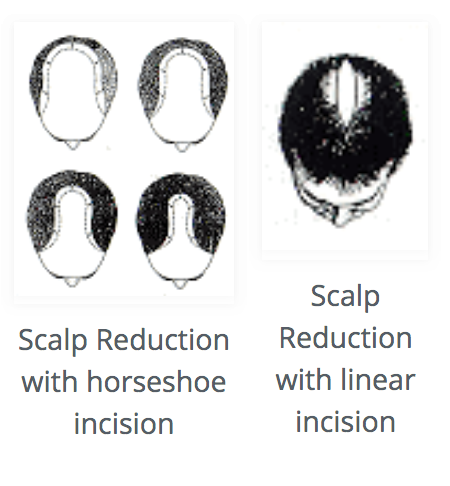
Hair restoration is an area where considerable gimmickry exists. Alternatives to hair transplantation would be to use toupees. There can be hair weaves where the toupees are weaved into surrounding hair. However, this has the disadvantage over the fact that every six weeks the hair needs to be trimmed and the toupee rewoven into existing hair. In addition, there can be traction upon the hair resulting in hair loss [alopecia] just from the tension placed on the hairs in order to secure the toupee. Some individuals have advocated sewing synthetic hairs into the scalp. This has resulted in significant reactions and loss of the scalp and is illegal in Indiana and several other states because of the significant complications that have been experienced in the past.
In the past many creams and ointments have been utilized in an attempt to stimulate hair growth. Biotin had been advocated by some but has had no proven clinical efficacy. Despite the claims of hair growth by many types of creams and ointments, the only medication that has scientific evidence of stimulating hair growth is the use of an anti-hypertensive, Minoxidil. This medication was first used as a medicine in pediatrics to treat high blood pressure associated with renal disease in children. It was noted that the children began to stimulate increased hair growth. Further investigation by the Upjohn chemical company showed that Minoxidil did stimulate hair growth through a very complex mechanism. It later became FDA approved for this use as a topical medication called Rogaine. Despite its effectiveness in a limited percent of individuals, Rogaine is a popular treatment for baldness and has recently been approved by the FDA for the over-the-counter sales.

Statistically the best patients for hair restoration using Rogaine would be an individual under 32 years of age with a bald area on the crown area of their head. Obviously most individuals are concerned over hair loss in the frontal areas. Approximately 20% of individuals use Rogaine will have a growth of hair that will only be temporary “a flash in the pan” type of improvement. Another 20% will get a growth of the vellus type of hair which is more of a “peach fuzz” type of hair or similar to the hair on a woman’s face. Cosmetically it is not acceptable. Another 10-15% will get a good growth of hair. However, they need to continue to use the Rogaine on a daily basis or that hair will fall out. While only 10-15% would get a stimulated growth of hair from Rogaine, a larger undetermined percent of individuals state that they have noted a slowing in the amount of hair loss that they have experienced. This alone may be a beneficial effect and a reason to use Rogaine. There have been some early studies from Europe where Rogaine has been used in clinical trials for many years prior to being introduced in the United States. There is some question as to the possibility that Rogaine “burn out” and that subsequent hair loss may occur 10-15 year after use. However, it is too early if this is accurate. While many individuals originally thought that Rogaine might be associated with increased complications that has not been the case. The most frequent complication is a contact dermatitis and that is noted in less than 10% of individuals utilizing the medication and quickly clears when the medication has stopped. Rogaine is contraindicated in individuals who have high blood pressure and heart disease.
Hair Loss and Your Goals
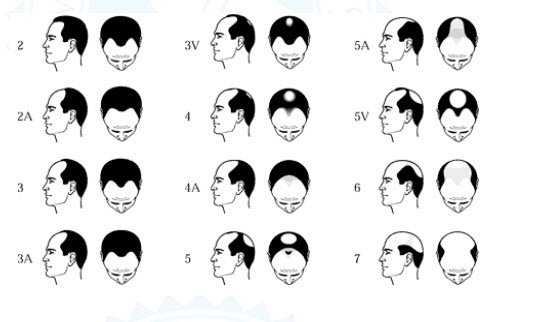
The doctor will examine you during your consultation. Based upon your medical history, your family history, level of hair loss, texture of donor hair, and other factors including your personal goals, treatment options and recommendations will be provided. It is important to note that the treatment options (if any) recommended are the physician’s recommendations at the time of the consultation and are consistent with your current level of hair loss and your current goals for improvement. At the completion of your initial consultation, you will be given a written statement, which will include a current fee schedule for all procedures and our current recommendations.
Those statements will include:
1) The number of grafts (if any) currently recommended by the physician;
2) The number of scalp reductions (if any) currently recommended by the physician; and
3) Any other treatment currently recommended by the physician.
The physician’s current recommendation could change in the future depending upon:
1) The patient’s rate of future hair loss and medical factors; and
2) Modifications in the patient’s goals or expectations.
Obviously, if the physician’s current recommendations change in the future, the costs associated with the patient’s treatment will increase or decrease accordingly.
“Patient Choices“
In general, patients are able to decide the number of grafts, scalp reductions, and surgical sessions they desire – but only within the bounds of safe and effective medical practice as determined by the physician. Obviously, a patient’s choices will affect the costs incurred as well as the results that the patient is able to achieve. It is important to note that no one can guarantee how we will heal and that each individual will heal differently. It is also important to realize that we cannot obtain perfection but only improvement.
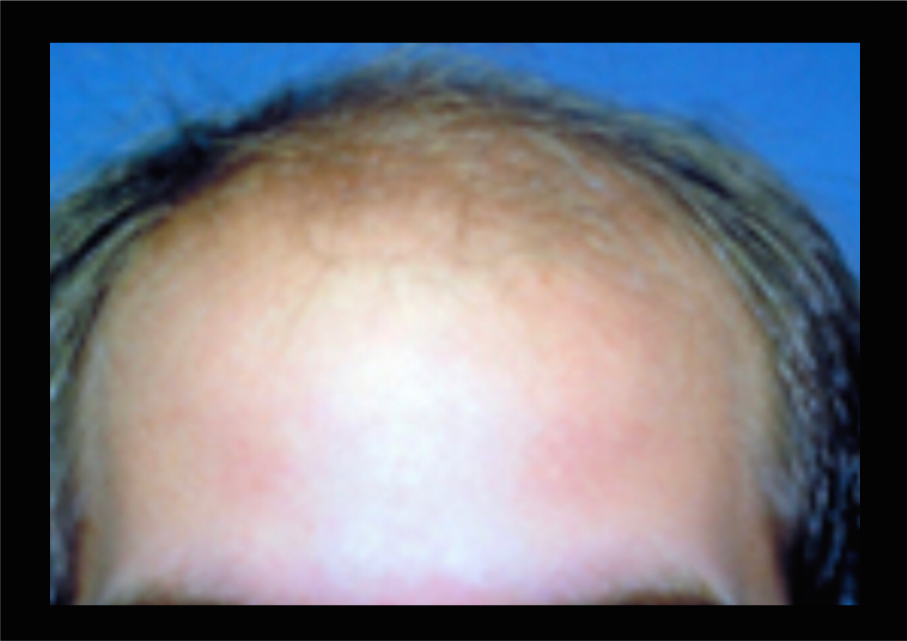
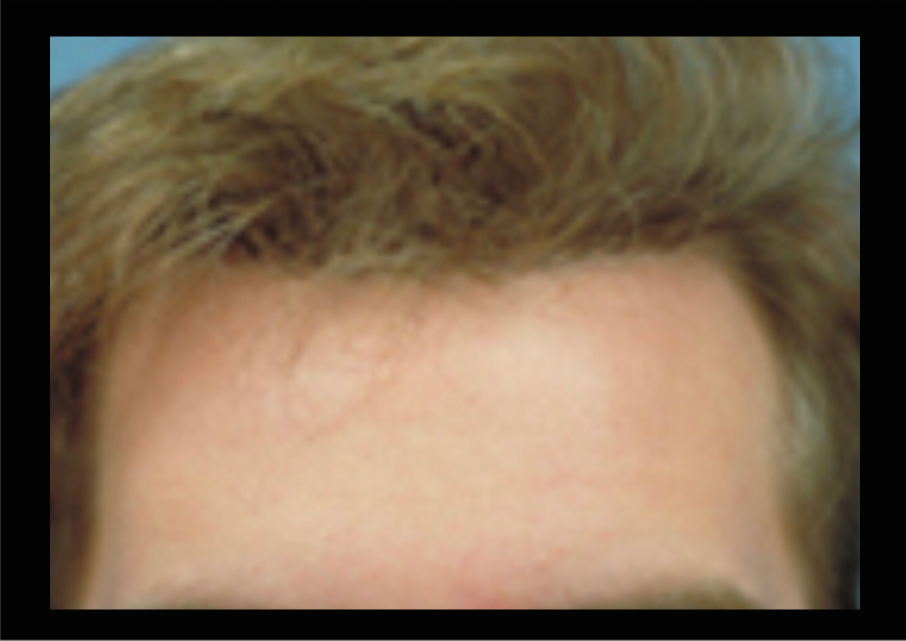
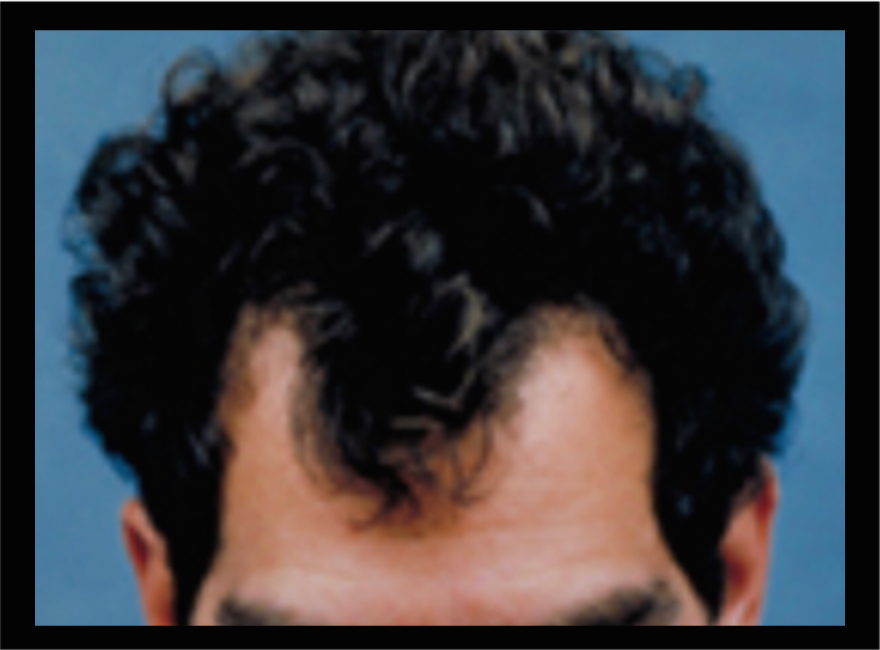
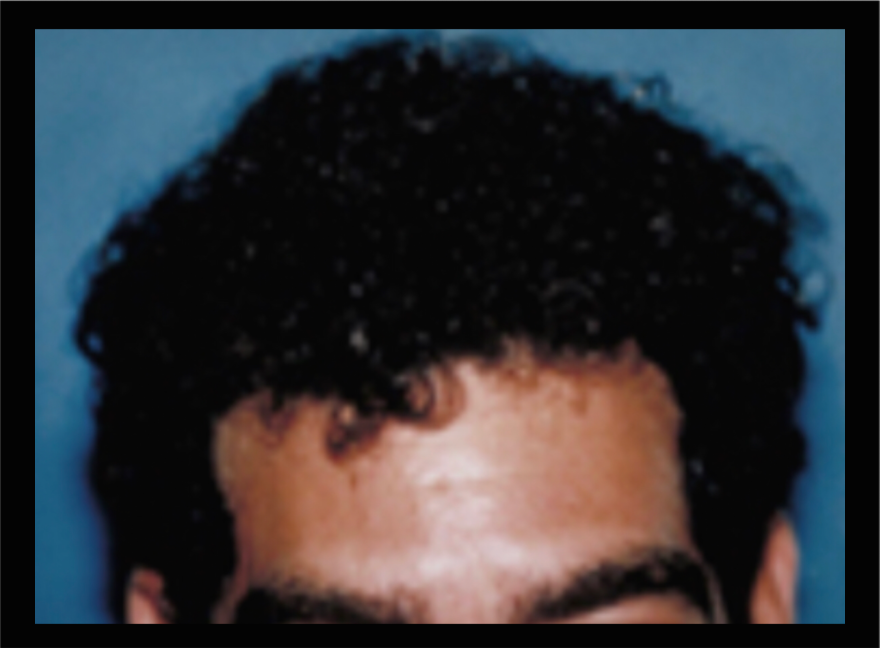
Schedule A Consultation Now!
Communication is not secure. Contacting the practice does not establish a physician/ patient relationship.*